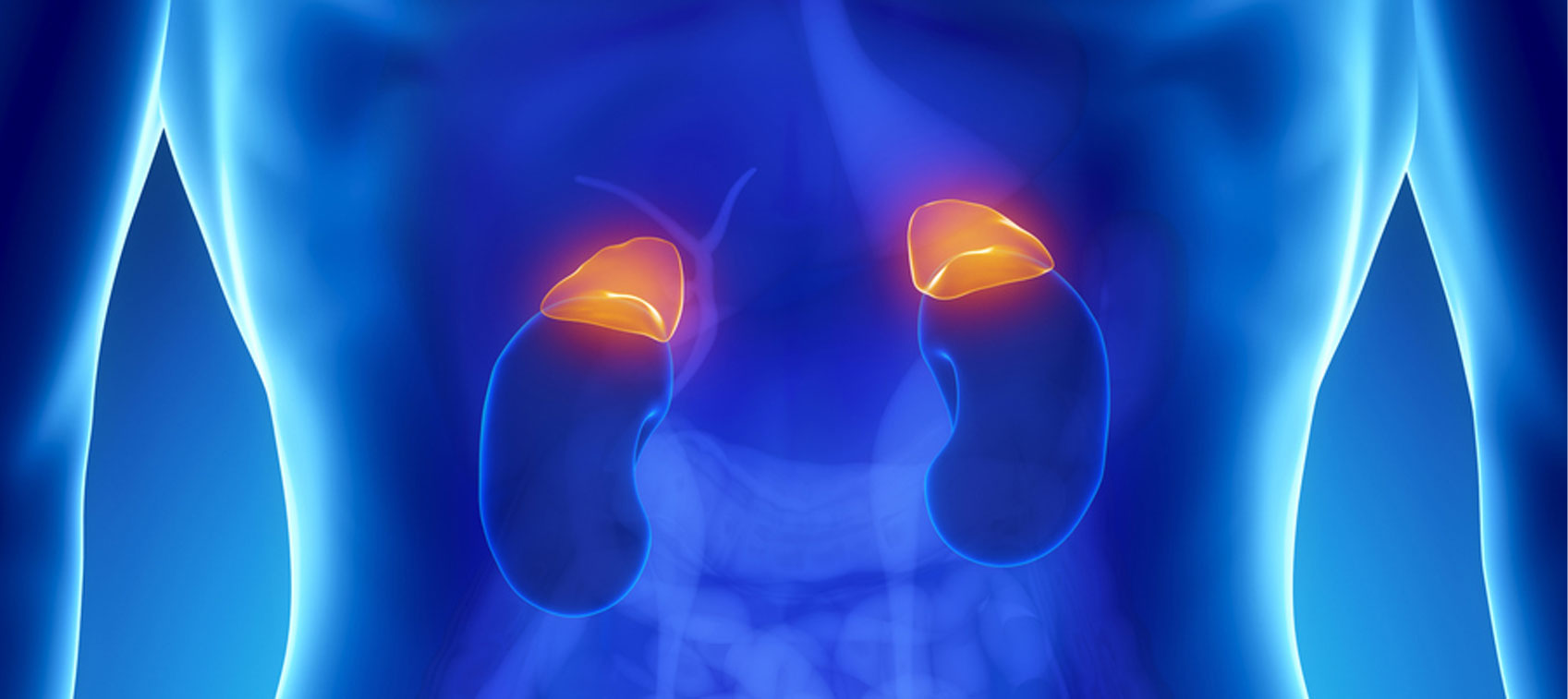
The adrenals are small glands that sit above the kidneys. They produce several hormones, including adrenaline and cortisol, which play key roles in the body’s stress response. This stress response is a survival mechanism that protects us during periods of acute stress, but problems start to occur when the stress becomes chronic.
Hypoadrenia & the Raglan Sign
Long-term, unresolved stress can deplete or weaken the adrenal glands—a situation called hypoadrenia. Once the glands have become weak, numerous problems can arise. Typical symptoms of adrenal gland problems include:
- Fatigue
- Dizziness
- Difficulty getting pregnant, or a tendency to miscarry
- Poor night vision, and
- Inability to sleep soundly
- Edema/water retention
An excellent screening test for hypoadrenia involves what is called the Raglan sign. If you have a blood pressure cuff and a willing friend, you can easily test yourself.
First, have someone record your blood pressure while lying on your back. Then quickly sit upright and have it taken again. Finally, stand up and have your blood pressure a third time.
Under normal circumstances (with the help of your adrenal glands) your blood pressure will rise between four and 10 points (mm of Hg) when going from the lying to the standing position. A drop in blood pressure (the Raglan sign) is consistent with hypoadrenia. This drop in blood pressure is responsible for the dizziness, lightheadedness, or blackout that occurs when someone with hypoadrenia stands up too quickly.
The Raglan sign is only one symptom of adrenal gland problems. They are also more common in individuals with certain physical characteristics:
- Blue eyes
- Blond or light brown hair
- Long waist with long arms and legs
- May or may not be overweight, but generally will have a tendency to accumulate excess fatty tissue in one area, such as around the waist
- Index finger is more rounded than the others and often longer than the ring finger
Low blood pressure and dizziness can be eliminated after certain steps have been taken to heal, strengthen, and rebuild the adrenal glands. Many, if not all, of the other symptoms will disappear too.
How to Heal the Adrenal Glands
One area often overlooked in the treatment of hypoadrenia involves balancing the levels of sodium and potassium. Your adrenal glands produce hormones called mineralocorticoids, which help regulate sodium and potassium levels. One mineralocorticoid, aldosterone, helps the kidneys retain sodium—which in turn, aids in the reabsorption of water.
In hypoadrenia, not enough aldosterone is produced and excess sodium is lost in the urine. As a result, you may experience problems such as frequent urination (10, 15, or more times daily) and/or a tendency to perspire excessively with little or no activity. The result is dehydration.
For nerve impulses to be transmitted properly, there must be an adequate amount of sodium outside a cell and an ample supply of potassium inside a cell. Sodium and potassium balance eachother out. With hypoadrenia, too much sodium is lost and too much potassium is retained. Nerve transmission is abnormal and sporadic. This can cause muscle spasms and twitches (especially during the night or upon first awakening) and also problems like heart palpitations.
To help heal the adrenal glands and promote adequate production of aldosterone, I recommend taking the following steps:
- Eat several (4-6) smaller meals or snacks throughout the day, rather than two or three large meals. (Eating as if you were diabetic will take a burden off the adrenals and allow them to rebuild.)
- Snacks and meals should consist of foods higher in protein. Protein doesn't stress the adrenals by causing rapid blood sugar fluctuations as refined carbohydrates do. Protein also tends to pull excess fluid out of the tissues. This is one of the reasons people lose weight quickly when placed on a high-protein diet. Much of the initial weight loss is from fluids.
- Avoid sugars and refined carbohydrates.
- Support the adrenals nutritionally with a good multivitamin and/or vitamin B-complex.
Drinking plenty of water also helps. In hypoadrenia, as sodium decreases, the potassium inside the cells creates what is called an osmotic imbalance. In simple terms, without adequate amounts of sodium, potassium becomes too concentrated. To correct this situation, your body allows fluids to enter the cell in order to dilute the potassium. This causes fluid retention inside the cell (non-pitting edema).
This bloating, especially in the ankles or wrists, can occur quite rapidly after drinking something alcoholic like beer or wine or non-alcoholic diuretic drinks such as tea. Diuretic drinks cause the loss of more water and sodium from the body.
The next time you are out and your feet start trying to burst out of your shoes, load up on water. You’ll be surprised just how quickly the situation can be corrected.


